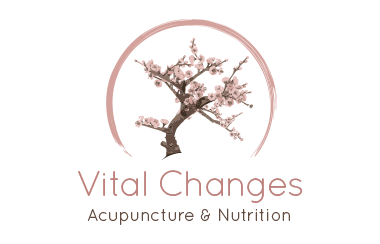Learn How Auriculotherapy Works and How it Can Help You
Auriculotherapy or ear acupuncture originated in Ancient China. It was studied extensively and quantified and Westernized in the 1950’s by French Neurologist Paul Nozier. Diane was fortunate to have attended a seminar conducted by Dr. Nogier’s son, Dr. Raphael Nogier, who has continued work carried out by his father.
Ear acupuncture is based on the concept that specific points on the external ear are associated with organs and locations on the rest of the body. Reflexology uses a similar body mapping. Stimulation of these ear points is used for diagnosis and treatment of health conditions. The ear map is in the form of an inverted fetus. All aspects of the anatomical, physiological and emotional body are represented. Dr. Nogier found that stimulating ear points were very effective in alleviating pain and other symptoms. When an ear point is “active,” it is tender when stimulated and has greater conductivity in detecting pathology in the corresponding tissue or function. Ear texture, color, skin changes and veins all indicate the state of patient health.
Mental clarity, ability to cope, alertness, and ability to sleep and pain reduction were all experienced after ear acupuncture.
The use of ear acupuncture has been shown to be successful in treating such conditions as: Addictions (especially tobacco), migraine headaches, anxiety and insomnia, disorders of the digestive tract, depression and others. Some patients report immediate relief from symptoms while others state that it takes several days to experience improvement.
Following the 9/11 attack, thousands experienced Acute Stress Disorder. An acupuncture clinic was opened in New York City to specifically treat this condition. Ear acupuncture was used extensively. Over 40,000 people were treated over six years at this clinic. Mental clarity, ability to cope, alertness, and ability to sleep and pain reduction were all experienced after ear acupuncture.
Auriculotherapy may include needling at specific ear points as well as the application of small “beads” that are commonly metal plated. These beads are adhered to the ear or attached into the skin of the ear and left in place for extended stimulation. They may last as long as a week and tend to fall out with the patient being aware.
Contact Diane to learn more about Auriculotherapy for specific conditions and diagnoses.





Leave a Reply
You must be logged in to post a comment.